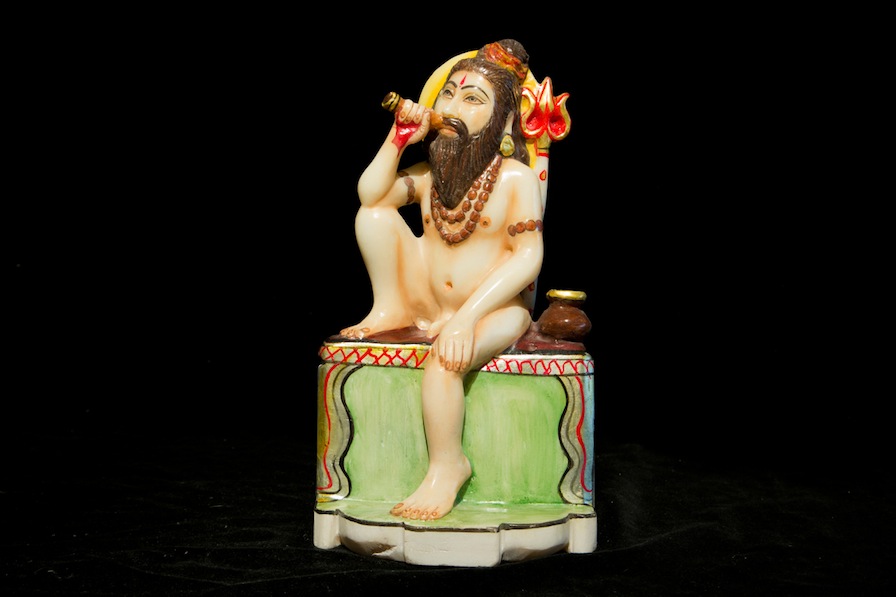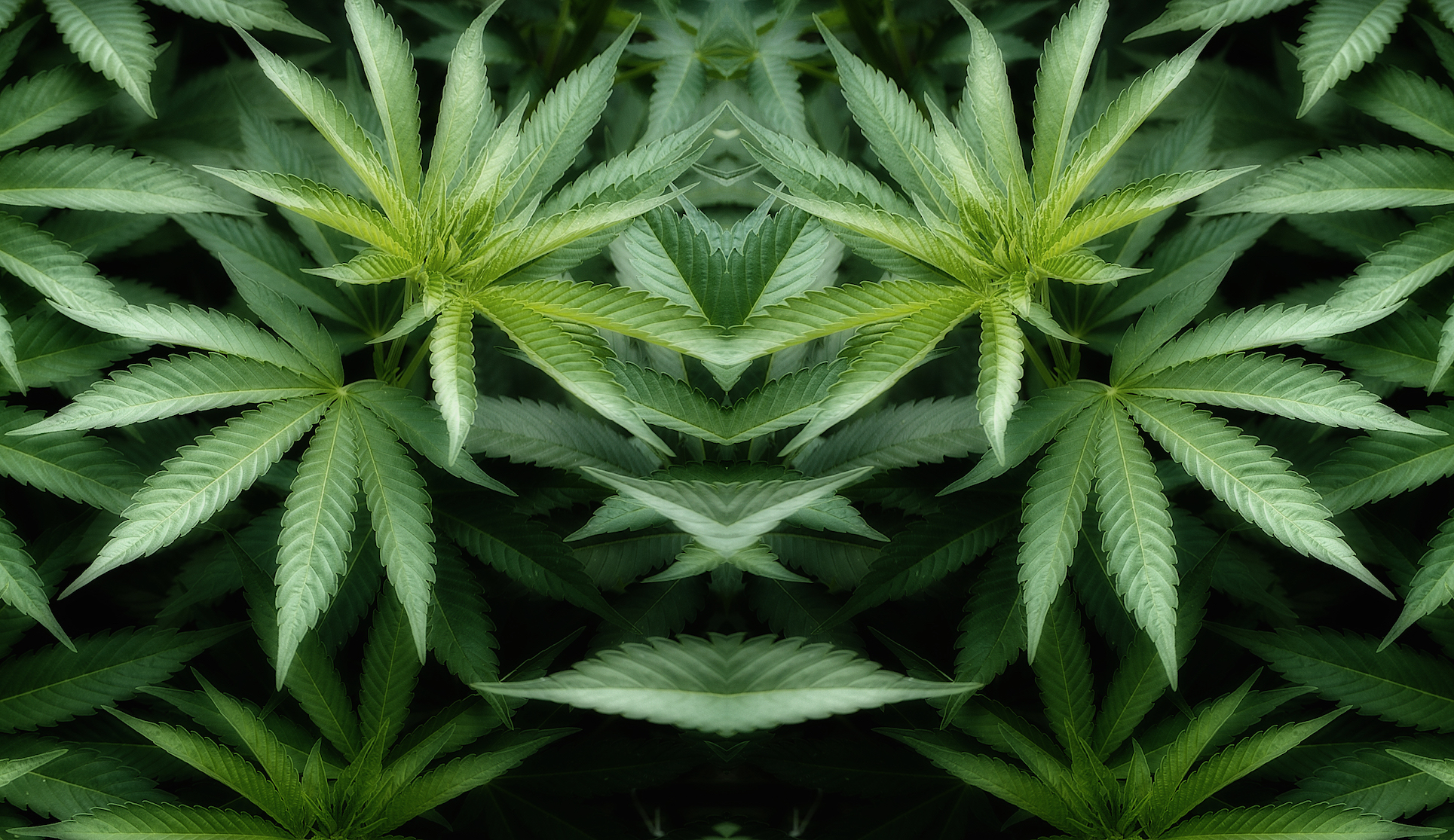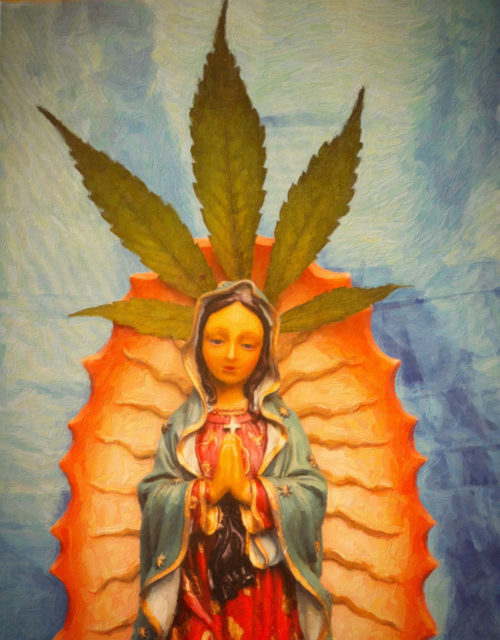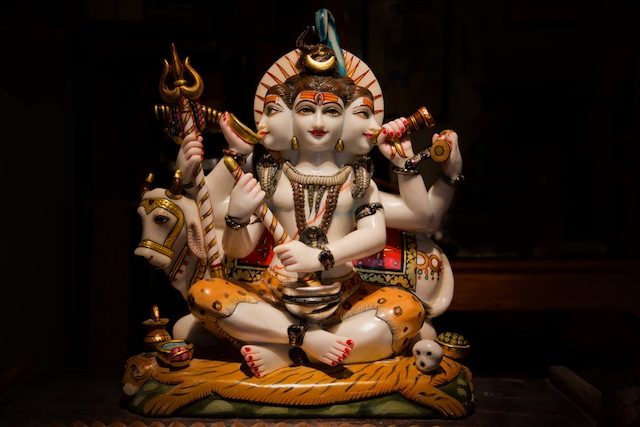Cannabis: Holy Sacrament Past and Future, with Chris Bennett
Chris Bennett is an internationally recognized scholar on the history of the holy sacrament cannabis and one of the expert contributors to the forthcoming book, Cannabis and Spirituality: Reclaiming an Ancient Wisdom Ally for the Generations to Come. As well as the many published essays, articles, and book chapters he has written, Chris is also the author of some of the most thorough scholarship on the history of the spiritual/ritual use of cannabis, through such books as Green Gold the Tree of Life: Marijuana in Magic and Religion (1995) and Cannabis and the Soma Solution (2010).
The intention behind the inclusion of a chapter by Chris in Cannabis and Spirituality is to honor and validate a long and rich history of cannabis as a spiritual ally, with an eye to a present and future renaissance. His chapter in the book is called “Venerable Traditions: A Brief History of the Ritual and Religious Use of Cannabis.” In that chapter Chris neatly summarizes some of the solid evidence of the history of cannabis use in traditions such as Hinduism, Buddhism, Taoism, Zoroastrianism, Sikhism, and Judaism. The following is an excerpt from the conclusion.
A Radical Revisioning
These references to cannabis in the ancient world and in a number of still existing world religions at the genesis of their conceptions offer a radical revisioning of religious history. In one respect, they present as much of a threat to the fundamentalist view of religion as Darwin’s theory of evolution does to the myths of creation as recorded in Genesis, in that what they reveal is the plant-based shamanic origins of the religious traditions themselves.
This follows and accords with the anthropological standard for the development of religion the world over, as well as an element that fundamentalists have struggled to squash since the dark ages when cults that practiced these forms of worship were obliterated or driven underground, such as with the persecution of witches for their topical ointments and shamanic preparations and of course in Africa and the New World, where whole traditions were suppressed and persecuted and considered the most vile sort of devilish practices by the missionaries who came across them.
Religious Renovation
When the people have achieved access to the divine via natural plants, the whole profession of a priesthood can be jeopardized and religious traditions of the past usurped by new revelations. An argument that modern prohibition is the result of “Christians vs. the Devil’s weed” is not without merit in this respect, and there is a justifiable inherent fear of these substances in the fundamentalist mind set.
In another respect, cannabis’ re-appearance at this time offers us the opportunity for a great renovation of religious thought and the connectivity of the world’s religions. Nowhere is the human-entheogen relationship more widespread and older than with Cannabis-Soma-Haoma. Indeed, its fibers wove our first plant cloth, its seeds were a valuable early food source, its leaves and flowers our first medicine and sacrament.
Medicine and Sacrament
Moreover, the implications of the modern return of cannabis are loaded with possibilities. Cannabis medicines are being studied for Alzheimer’s, cancer, glaucoma, pain, and numerous other diseases, with very promising results. Industrial hemp for fuel, paper, paints, cloth, plastics, and other commodities is just what is needed for a planet feeling the effects of close to a century of toxic petroleum products, healing our planet just as it heals our bodies.
Truly, the global circle of people who share cannabis transcends race, nation, and religion, and many are beginning to recognize it for the Holy sacrament that it once was and can be again. Clearly the association between cannabis and sacred states of mind has crossed barriers of cultures and times, and people have continually and independently been drawn to it for these purposes. In this natural substance perhaps we can find the true sacrament of the natural perennial religion that is at the root of so many traditions.












Who is the individual in the picture? I paint Iconography and would like to know more about him.
Bob McDonaldReviews
Hi Bob. I suspect the statuette isn’t based on any particular individual but rather a typical naked sadhu. The Naga Babas, or naked sadhus of India, were and are known for their ganja smoking. This is a photo I took of a statuette belonging to Chris Bennett, the focus of the post. If you want to pursue your enquiry further, I suggest you write to Chris. freeshiva@hotmail.com.
You might also be interested in a book called “Sadhus: Holy Men of India” by Dolf Hartsuiker. It has many great colour photos of sadhus, though I don’t recall many with chillams to their lips.
StephenReviews